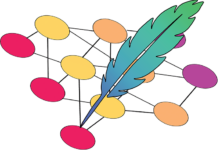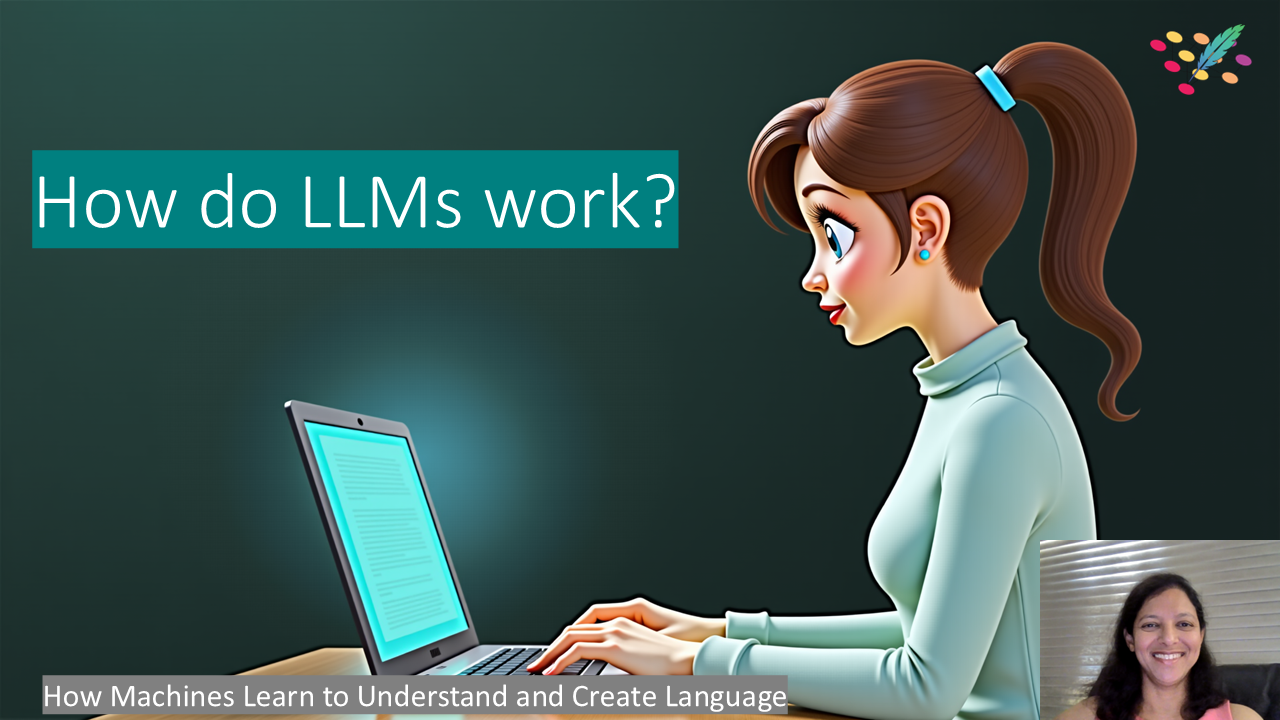Artificial Intelligence (AI) is changing how we interact with technology, and one of the most powerful tools driving this transformation is the Large Language Model (LLM). From generating text to enhancing customer support systems, LLMs are playing a significant role across industries. But how do these models work, and what makes them so effective?
We’ll explore the basics of LLMs—how they are created, how they generate content, and why they matter.
What Is a Large Language Model (LLM)?
At its core, an LLM is a machine learning model trained to understand and generate human language. It achieves this by learning patterns from vast datasets of text. Whether it’s completing a sentence, answering a question, or generating an entire article, an LLM predicts what comes next by analyzing relationships between words and phrases.
LLMs are the engines behind conversational agents, text completion tools, and even coding assistants. By using billions of parameters, they generate coherent and meaningful responses to a wide range of inputs.
The Two Key Phases:
- Training Phase: This is where the model learns from enormous datasets, breaking down text into smaller units, or tokens, and analyzing their relationships to build a knowledge base.
- Generation Phase: When a user inputs text, the model uses its training to predict the most likely sequence of words or tokens and generates the response one token at a time.
Why Does This Matter?
LLMs are not just theoretical concepts—they are actively reshaping industries. From automating customer service to generating creative content, LLMs are becoming invaluable tools for businesses, executives, and innovators. Understanding how these models work helps to leverage their full potential.
Watch the Full Video for a Detailed Breakdown
If you’d like to explore this topic further, I’ve created a YouTube video that explains how LLMs work in a straightforward, non-technical way. It covers everything from how LLMs are trained to how they generate text, with examples to make the process easy to understand.
Watch the video here:
And don’t forget to subscribe to the YouTube channel for more insights on AI and its practical applications.


